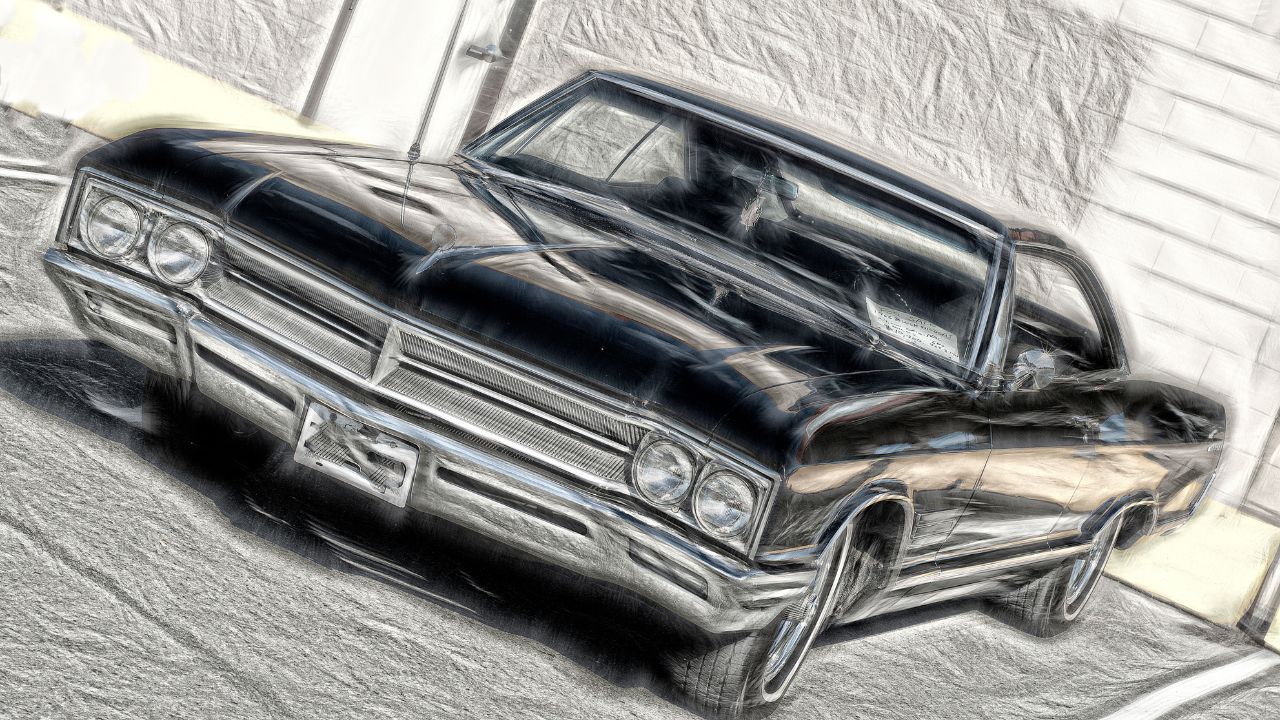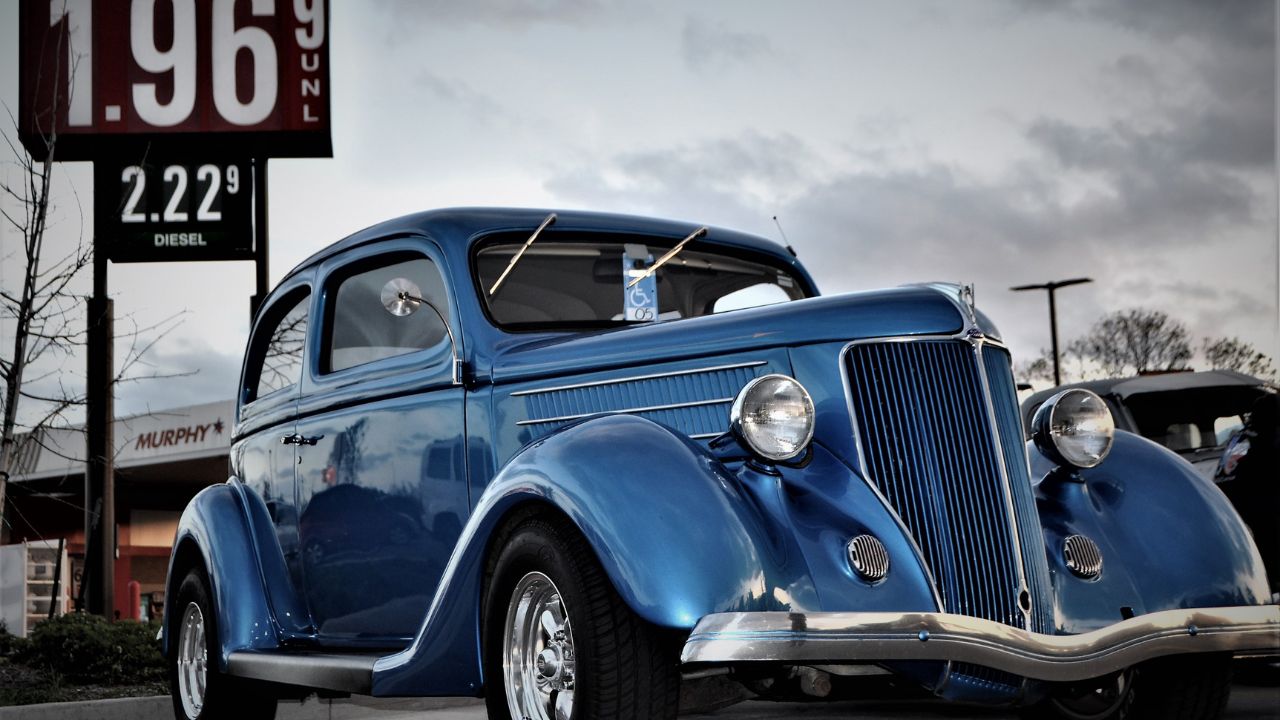
Many great cars are available for less than one hundred thousand dollars. These vehicles are perfect for those looking for a sports car without breaking the bank. These include: the Porsche 911 Carrera; the Subaru WRX STI; the Hyundai G90; and the Range Rover Sport Supercharged Dynamic. There are many other cars available that are affordable and worth your attention, but these are just a few of the best. Learn more about these cars.
Porsche 911 Carrera
The perfect place for you if you are searching for a Porsche 911 Carrera less than one hundred thousands dollars. The Porsche 997 Porsches still depreciate, making them more of an everyday car than a collector's piece. They are available for purchase at around $30,000 for a 2WD model and as high as $50,000 for an ALL-WHEEL DRIVE model. Apart from the cost, it is important to maintain and drive a 997 911 regularly.

Subaru WRXSTI
The Subaru WRX STI was introduced in America in 2004 and was intended to compete with the Mitsubishi Evo. The STI had a turbocharged 2.5 liter flat-four that produced 300 horsepower and 247 lb ft. The STI featured a 6-speed manual transmission and 17-inch BBS wheels. It also had Recaro seats and a massive rear spoiler. The STI continues to be the best-selling Subaru in the United States. The STI was Subaru’s fastest vehicle, hitting 60 mph in under 5 seconds.
Hyundai G90
The Hyundai G90 is a luxurious compact crossover with many standard features. These include proximity-keyless entry, ambient lighting, universal garage door openers, power rear windows sunshades and tri-zone automatic temperature control. The heated steering wheel can also be used as a navigation-linked adaptive cruise controller. You can also get a G90 with adaptive spring, rear crossing traffic alert, lane departure warn, rear blind spot monitoring and a 5.0L V8 engine.
Range Rover Sport Supercharged Dynamic
The Range Rover Sport Supercharged is powered by a V-8 supercharged V-8 engine that produces 518 horsepower. This powerful engine also emits a deep exhaust note. It's stronger than rival SUVs such as the Porsche Cayenne Turbo or Mercedes-AMG GLE63. Consumers are also interested to know more about the fuel economy. In fact, the supercharged version of the Range Rover Sport delivers up to 18 mpg on the highway. This model is also known for its outstanding fuel economy and comes with six different drive modes. It can also be equipped with all-wheel drive.

Audi R8
If you are looking for a sporty, luxurious sports car, an Audi R8 is a good choice. The second-generation model is a highly powerful supercar, and is a great option for those looking to save a bit of cash. The R8 is around $100,000 cheaper than the Lamborghini Huracan. You can get a quality used Audi R8 at a much lower price.
FAQ
What is the length of an automotive training course?
An automotive course is three years long.
The first year is spent learning about cars and theory. The second year is dedicated to practical training, where you will learn how to fix cars, drive them, and do other jobs around the car. The final year is spent doing a placement at a local garage, which gives you experience in fixing real-world problems.
What is the distinction between a mechanic or an automotive technician?
They are both similar, but not identical. Both a mechanic and an automotive technician can repair cars.
A mechanic must be skilled in manual dexterity and able to complete simple tasks quickly. They should be able to accurately diagnose problems and repair them efficiently.
An automotive technician is required to have more technical knowledge than a mechanic. They must be capable of reading blueprints and using tools such as drills, wrenches, etc.
They must be able and competent to safely perform complicated procedures. They must be familiar with all types of electrical and engine systems.
They should also be able understand how different parts interact.
As a result, a mechanic usually earns less money than an automotive technician. Both jobs offer many possibilities.
What does it take for a mechanic to be a good one?
A mechanic is only an expert if they have years of experience. It is best to learn how to fix cars under the supervision and guidance of a professional mechanic.
You will spend time in a workshop learning everything you can about cars. You will need to be familiar with mechanical engineering books about mechanics, car design, and other topics.
And you'll also need to attend auto school.
It's crucial to start as soon as possible. Don't wait until you're older to begin studying automotive technology. Start studying automotive technology now to become a mechanic.
Is it easy to get a job as an automotive mechanic?
It is possible. Many garages list their vacancies online. Many people simply apply for the fun of it. If you want to get your foot in the door, you should try applying for a few places and see if they accept student applications. Alternatively, you could ask friends and family if they know anyone who works in the industry. You might be able to refer someone.
To be a car mechanic, do you need a degree? Do I have to study part-time?
While a degree is not required, it does help. Employers are more likely to hire candidates who have completed a complete degree. It shows you are dedicated and have worked hard to achieve your goals.
You can still study while working, however. Many universities permit students to take courses during the summer holidays, and then finish their studies in the fall. Others let students take classes part-time throughout the year.
Statistics
- Apprentice mechanics earn significantly less hourly than mechanics who have completed training, with a median wage of approximately $14.50 an hour, according to PayScale. (jobhero.com)
- According to the BLS, the median annual salary for automotive service technicians and mechanics in the United States was $44,050 in May 2020. (uti.edu)
- The U.S. Bureau of Labor Statistics (BLS) reports that the job outlook for automotive service technicians and mechanics is expected to decline by 4% from 2019 to 2029. (indeed.com)
External Links
How To
How to correctly diagnose your vehicle for repairs
You should first examine the symptoms your car is showing to determine if it requires repairs. Follow these steps to properly diagnose your vehicle.
-
Check engine lights. You should inspect the dashboard lights, such as the engine light indicator and the oil pressure gauge. Also, check the battery light indicator. You may have a problem with your vehicle if any of the indicators are flashing for more than a few days.
-
Inspect the tire treads. Tire wear can lead to problems in handling and brake performance. You should also inspect the wheel treads. They should be clean, and they should be smooth. You can do this by taking off the wheels. You can check the tread wear with a flashlight.
-
You should always monitor the level brake fluid. Keep track of the brake fluid level in your vehicle. This will ensure your brakes function properly. If your brake fluid level is low they might not work properly when you apply pressure.
-
Make sure to test the suspension system. It is common for vehicles to have a suspension system which absorbs shocks or vibrations. This suspension system provides greater control and smoother acceleration and deceleration. You might notice a wobbly feeling or uncontrollable shaking in your vehicle if it has a problem with its suspension. Try putting some weight on your front or rear axle to determine if you have a suspension problem.
-
Examine the steering column. The steering column connects the steering wheel to all other components of the vehicle. Steering columns can be damaged by accidents. Replace it if your steering column feels loose or unsteady.
-
The exhaust pipe should be observed. The exhaust pipes transport gases from the combustion chamber to outside. If your exhaust pipe leaks or cracks, it will allow harmful fumes into your cabin. If your tailpipe bends, it is important to fix it immediately.
-
Look under the hood. If you see anything unusual, take a look under the hood. Your engine could be leaking fluids. A professional technician should be contacted if your engine compartment emits an unusual smell.
-
It is important to inspect the air filter. The air filter in your vehicle collects dirt and dust from the environment. Your vehicle will run less well if it has a dirty filter. Replace your air filter regularly.
-
Verify the fan belt. The fan belt that connects your vehicle to the transmission is called the engine fan belt. The engine will not turn if the fan belt breaks. It's easy to replace the belt. You only need a screwdriver or pliers to replace your belt.
-
Make sure you inspect the radiator hoses and hoses. The radiator-hose carries water to the engine. It can cause hot liquid to leak onto the engine if it is damaged or cracked. The hose can be repaired with a pair or needle-nosepliers, and a wire brush.
-
Make sure you have the windshield wipers checked. Windshield wipers use electricity to clean away snow and rain. They can leave streaks on your windows glass if they stop working. Simply change the washer oil to fix the problem.
-
Make sure you check the cables. The battery cables provide power for the electrical systems in your car. Before you change batteries, disconnect the positive cable. Failure to do so can damage your alternator.
-
Make sure your headlights are working properly. The headlights provide illumination for the road ahead. It can lead to poor visibility if they aren't working properly. You can check the bulbs to make sure they aren't burned out.
-
Always check your lights. Lights warn other drivers when you approach them at night. If one doesn't work, it could distract you and lead to an accident.
-
Check your brakes. Before you get in a car accident, your brakes will be slowing down your vehicle. If they aren't working correctly, you could lose control of your car and crash.
-
Check the oil regularly. The oil keeps your engine well lubricated. This oil helps to prevent metal parts becoming too worn out. It is recommended to change the oil each month.